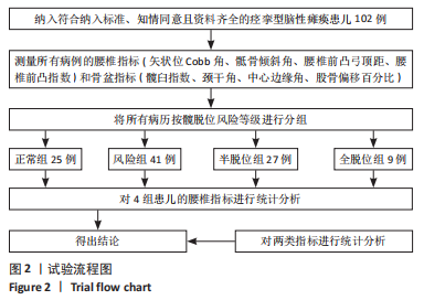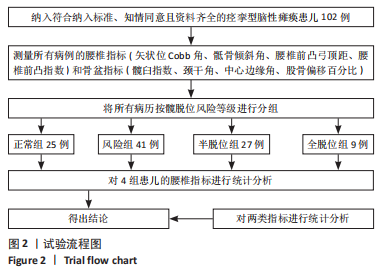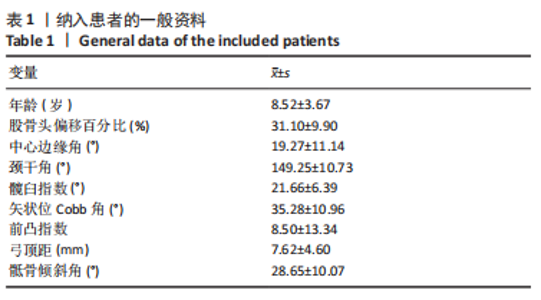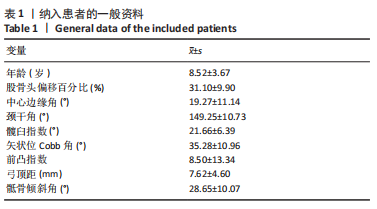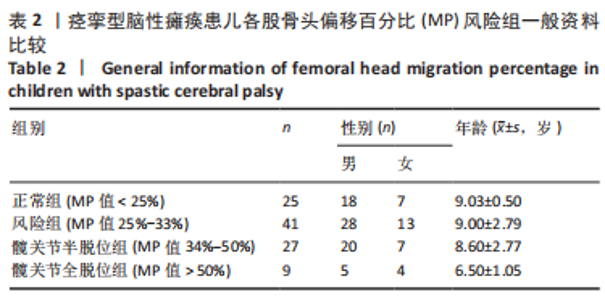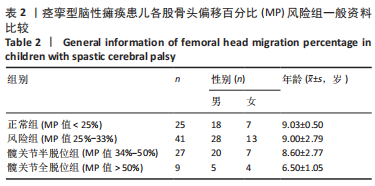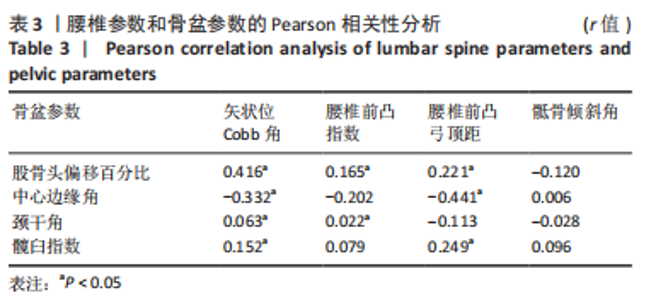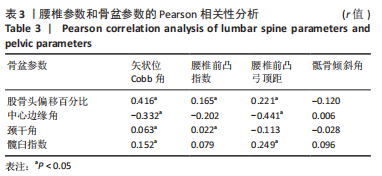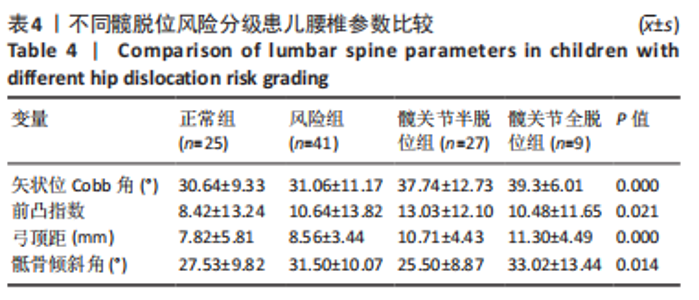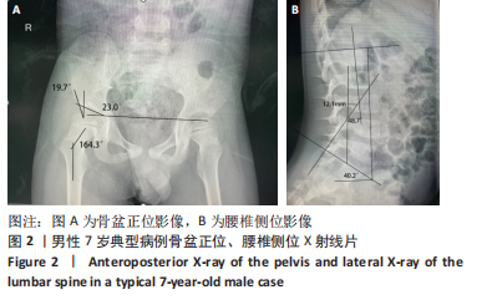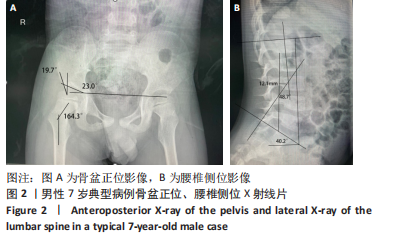[1] HODGKINSON I, BÉRARD C, CHOTEL F, et al. Pelvic obliquity and scoliosis in non-ambulatory patients with cerebral palsy: a descriptive study of 234 patients over 15 years of age. Rev Chir Orthop Reparatrice Appar Mot. 2002;88(4):337-341.
[2] THOMETZ JG, SIMON SR. Progression of scoliosis after skeletal maturity in institutionalized adults who have cerebral palsy. J Bone Joint Surg Am. 1988;70(9):1290-1296.
[3] 谢学儒. 发育性髋关节脱位闭合复位后髋臼发育及性别年龄因素对其影响的研究[D].广州:广州中医药大学,2013.
[4] 邓博文,徐林,李筱叶,等.腰骶段SPR术对痉挛型脑瘫患儿腰椎稳定性影响的长期观察[J].中国矫形外科杂志,2019,27(21):1959-1964.
[5] GROS C. Spasticity-Clinical Classification and Surgical Treatment. Adv Tech Stand Neurosurg. 1979;6:55-97.
[6] 李晓捷,邱洪斌,姜志梅,等.中国十二省市小儿脑性瘫痪流行病学特征[J].中华实用儿科临床杂志,2018,33(5):378-383.
[7] FEJES M, VARGA B, HOLLÓDY K. Epidemiology, cost and economic impact of cerebral palsy in Hungary. Ideggyogyaszati Szemle. 2019; 72(3-4):115-122.
[8] 徐林.脑性瘫痪现代外科治疗与康复[M].北京:人民卫生出版社, 2018:54.
[9] CHAN G,MILLER F. Assessment and treatment of children with cerebral palsy. Orthop Clin North Am. 2014;3:313-325.
[10] SAITO N, EBARA S, OHOTSUKA K, et al. Natural history of scoliosis in spastic cerebral palsy. Lancet. 1998;351(9117):1687-1692.
[11] EKLÖF O, RINGERTZ H, SAMUELSSON L. The percentage of migration as indicator of femoral head position. Acta Radiol.1988;29(3):363-366.
[12] 黄晶晶.家庭髋关节姿势管理对痉挛型脑瘫儿童髋关节发育的影响[D].合肥:安徽医科大学,2017.
[13] FREDENSBORG N. The CE angle of normal hips. Acta Orthop Scand. 1976;47(4):403-405.
[14] 李杜娟,周云,黄晶晶,等.X线测量在脑瘫患儿继发髋关节发育不良中的临床应用价值初步分析[J].安徽医科大学学报,2019,54(1): 121-124.
[15] 张发智.生物力学分析髋臼指数的临床意义[J].中国实用医药, 2008(17):46-47.
[16] 柳扬,郝敬东,胡三保,等.不同骶骨倾斜角的非特异性腰痛腰椎矢状位形态的影响因素分析[J]中国骨与关节损伤杂志,2022,37(5): 464-467.
[17] 赵耀,李淳德,孙浩林.脊柱矢状位平衡的影像学参数及分型的研究进展[J].中国脊柱脊髓杂志,2012,22(7):651-655.
[18] VAZ G, ROUSSOULY P, BERTHONNAUD E, et al. Sagittal morphology and equilibrium of pelvis and spine. Eur Spine J. 2002;11(1):80-87.
[19] 颜华,张惠佳,高雅君,等.痉挛型脑瘫患儿发生髋关节脱位风险的观察研究[J].中国儿童保健杂志,2010,18(9):697-699.
[20] OTJEN JP, SOUSA TC, BAUER JM, et al. Cerebral palsy - beyond hip deformities. Pediatr Radiol. 2019;49(12):1587-1594.
[21] PRUSZCZYNSKI B, SEES J, MILLER F. Risk Factors for Hip Displacement in Children With Cerebral Palsy: Systematic Review. J Pediatr Orthop. 2016;36(8):829-833.
[22] 黄楷甫,陈青阳,孙超,等.脊柱矢状面平衡与否对于指导髋臼假体定位的重要意义[J].中国骨伤,2021,34(5):485-488
[23] PORTER D,MICHAEL S,KIRKWOOD C. Patterns of postural deformity in non-ambulant people with cerebral palsy: what is the relationship between the direction of scoliosis, direction of pelvic obliquity,direction of windswept hip deformity and side of hip dislocation? Clin Rehabil. 2007;21(12):1087-1096.
|
